A photo essay of Mileston, Mississippi, and the people involved in its Farmers’ Market program.
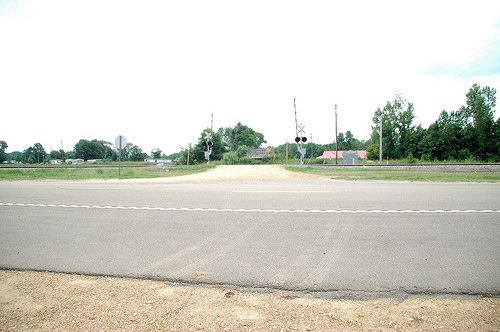
Click to return to this article.
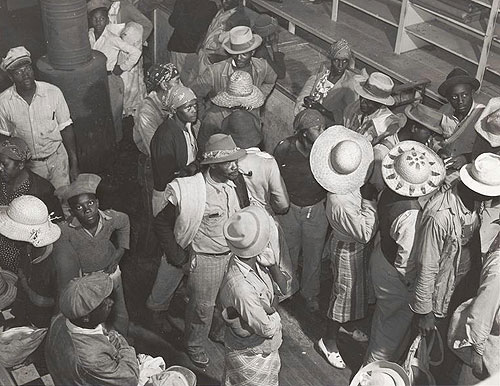
[Source: Wolcott, Marion Post—Photographer. October 1939. Digital ID: 1211913. New York Public Library.]
Click to return to this article.
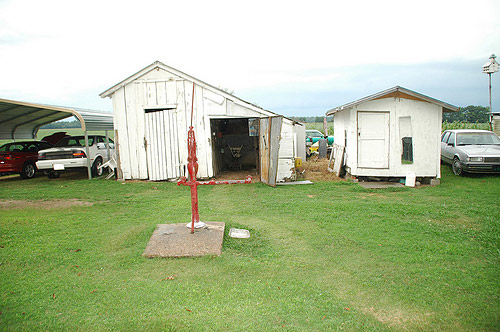
Click to return to this article.
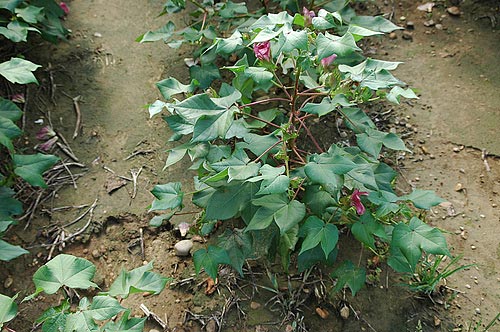
Click to return to this article.
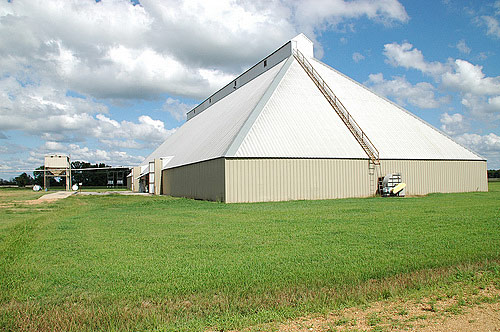
Click to return to this article.
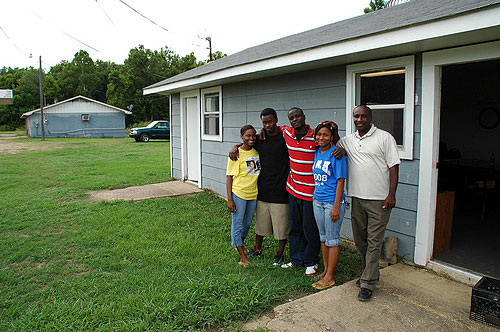
Left to right: Lakia Scott, Henry Cage, Carlos Walden, Jessica Howard, Calvin Head.
Click to return to this article.
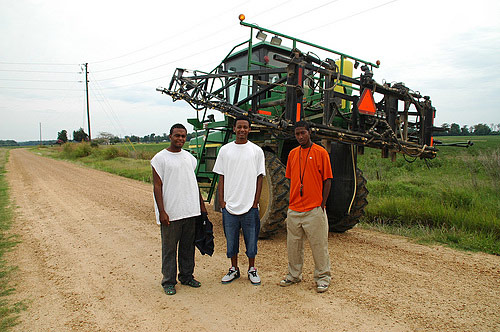
Left to right: David J. Brown, Shamaine Howard, Russell Scott.
Click to return to this article.
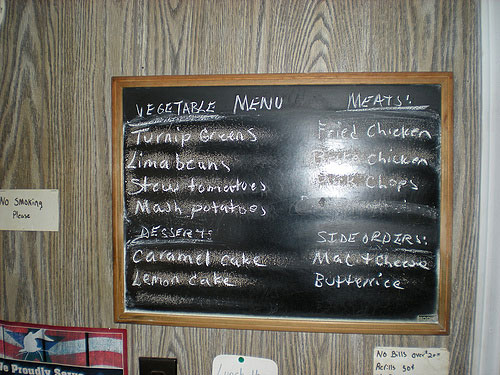
Click to return to this article.
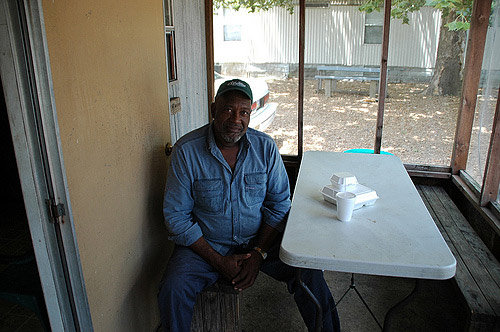
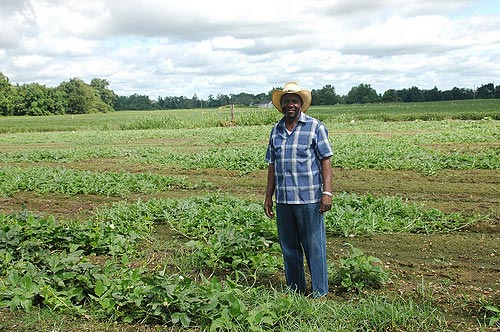
Click to return to this article.
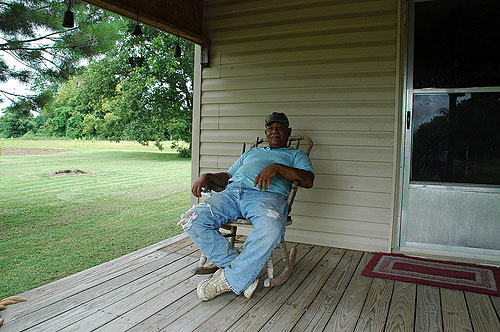
Click to return to this article.
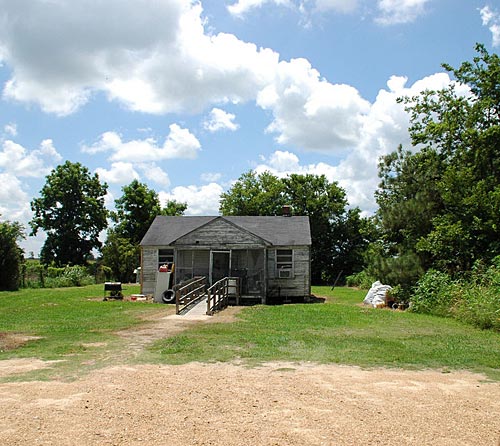
Click to return to this article.

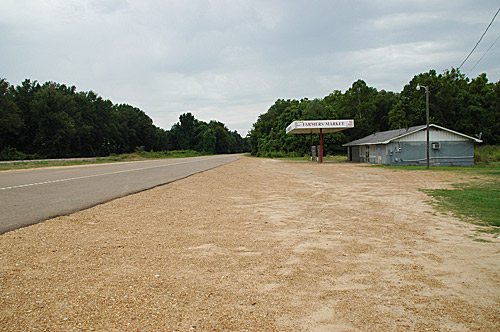
Click to return to this article.
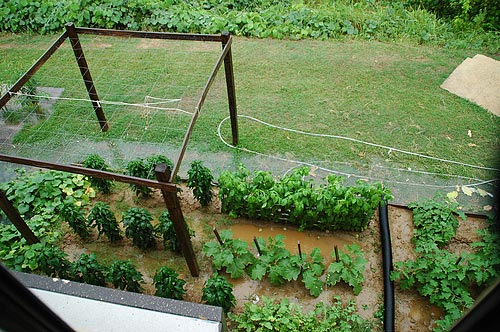
Click to return to this article.


